
Willows, also called sallows and osiers, of the genus Salix, comprise around 350 species of typically deciduous trees and shrubs, found primarily on moist soils in cold and temperate regions.

Salix discolor, the American pussy willow or glaucous willow, is a species of willow native to North America, one of two species commonly called pussy willow.
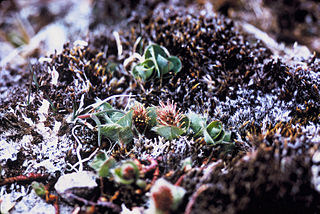
Salix arctica, the Arctic willow, is a tiny creeping willow. It is adapted to survive in Arctic conditions, specifically tundras.

Boloria chariclea, the Arctic fritillary or purplish fritillary, is a butterfly of the family Nymphalidae. It is found in the northern parts of the Palearctic and Nearctic realms.
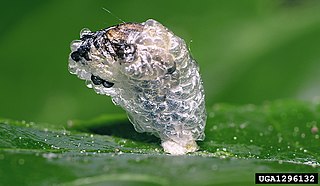
Coleophora kuehnella is a moth of the family Coleophoridae. It was first described by Johann Goeze in 1783 and is found in Asia and Europe.
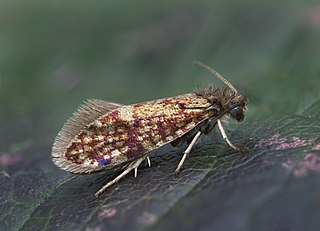
Eriocrania cicatricella is a moth of the family Eriocraniidae found in Europe. It was first described by Johan Wilhelm Zetterstedt in 1839. The larvae mine the leaves of birch.

Eriocrania unimaculella is a moth of the family Eriocraniidae found in Europe. It was first described by the Swedish naturalist Johan Wilhelm Zetterstedt in 1839. The larvae feed inside the leaves of birch, making a mine.
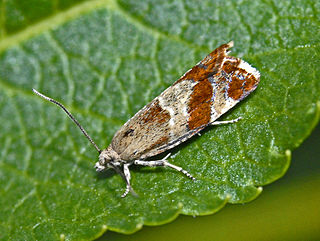
Epinotia cruciana, the willow tortrix, is a moth of the family Tortricidae.

Cydia duplicana is a small moth of the family Tortricidae. It is found in all across Europe, extending barely into Asia in the Transcaucasus, Turkestan and Kazakhstan.

Ectoedemia intimella is a moth of the family Nepticulidae which is found in Europe. It flies in June and July and the larva mine the leaves of willows from July to November.

Callisto is a genus of moths in the family Gracillariidae.

Phyllonorycter hilarella is a moth of the family Gracillariidae. It is found in all of Europe, except the Balkan Peninsula and the Mediterranean Islands.

Phyllocnistis saligna is a moth of the family Gracillariidae. It is known from almost all Europe, as well as India, Sri Lanka, La Réunion and South Africa.

Agonopterix conterminella is a moth of the family Depressariidae which is found in Asia, Europe and North America. It was described by Philipp Christoph Zeller in 1839 from a specimen found in Augsburg, Germany. The larvae feed on the terminal shoots of willows.

Anacampsis temerella is a moth of the family Gelechiidae, found in most of Europe, except Belgium, Switzerland, the Iberian Peninsula and the Balkan Peninsula.
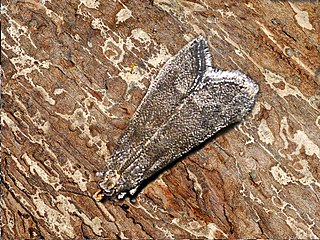
Eccopisa is a genus of snout moths. It was described by Philipp Christoph Zeller in 1848.
Salix brachycarpa is a species of flowering plant in the willow family known by the common names barren-ground willow, small-fruit willow and shortfruit willow.

Callisto basistrigella is a moth of the family Gracillariidae. It is found in the south-eastern Alps, ranging from the Dolomites (Italy) in the west to the Julian Alps (Slovenia) in the east and the Carnic Alps and Lienzer Dolomiten (Austria) in the north. The habitats are related to the dwarf-shrub zone and include subalpine meadows, rock formations and scree with Salix-bushes and shrubs. The species is restricted to limestone with an altitudinal range from about 1,200 to 2,300 meters.

Metendothenia atropunctana is a moth belonging to the family Tortricidae. The species was first described by Johan Wilhelm Zetterstedt in 1839.
















